Failed My Driving Test. What Do These Notes Mean?
A few years back, I moved from Ontario to Vancouver. I like to see everything I can find as part of my learning. I asked an instructor’s group to show me past exam score sheets so I could read the comments, errors, and notes as part of my research on the driver’s tests here in British Columbia.
Most trainers suggested that studying the tests is not good because “WE DONT TEACH THE ROAD TEST. WE TEACH PEOPLE HOW TO DRIVE.”
This is a similar statement in the code of conduct provided to instructors from ICBC.
How can you be a safe, responsible driver without obtaining your driver’s license? Is it not a critical step to becoming that safe driver?
Today, I have my supply of test notes, and here they are. A brief overview of common errors best NOT to bring to an ICBC driving exam day. Enjoy.
TO START WITH, THIS IS THE GOAL! IT’S A SUPER CLEAN SCORE SHEET AND A PASS.
And yes, it is real.
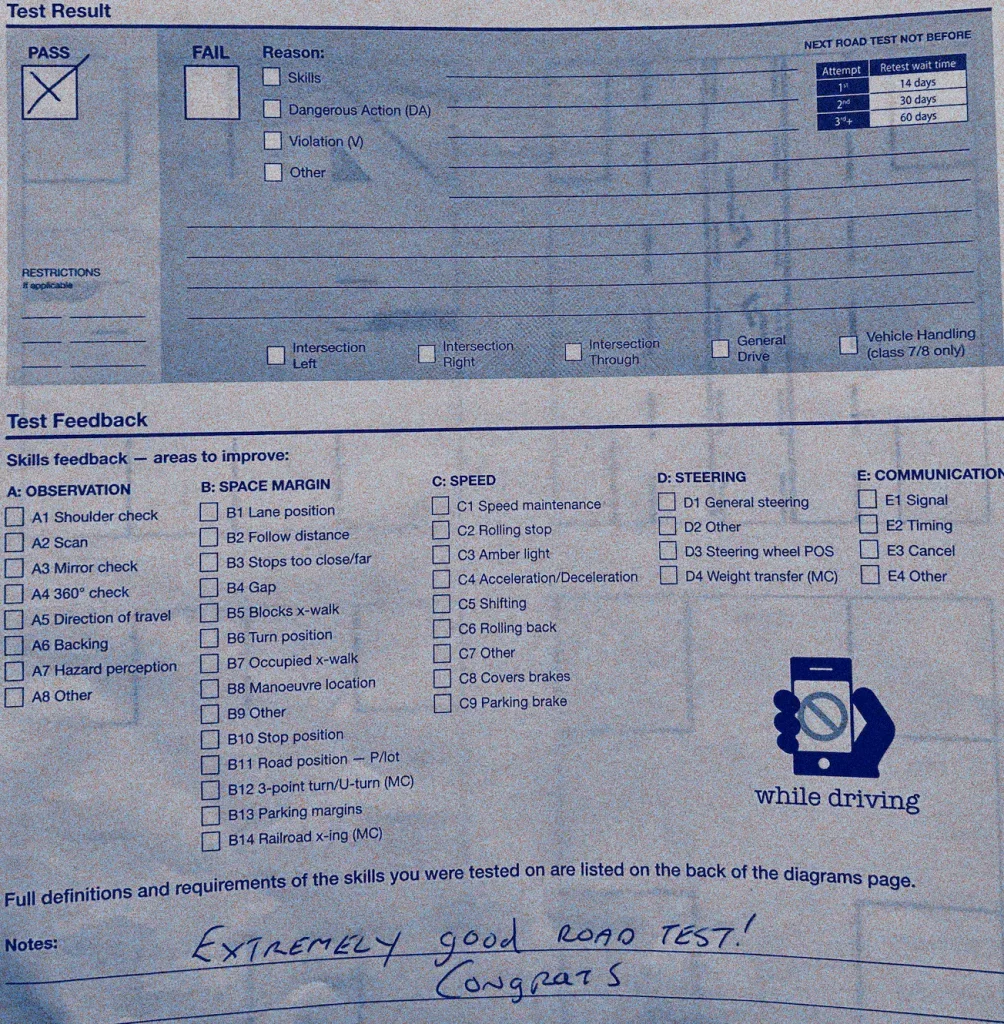
The Following Are Notes From Failed Driving Exam Sheets
Unnecessary Stopping – Moving when on the road is critical to keeping yourself and others in a safe space. Stopping needs to be off to the most right portion of the roadway, not in the middle of a moving lane, unless, of course, it’s at a red or during a turn or a pedestrian crosswalk requiring you to legally stop. Moving with the flow that’s moving in your lane is the way to avoid this unnecessary stopping error. Green move as green and act like you are on the green. Stopping for no reason is not appropriate.
Approach Too Fast – The seat belt strains as the passengers are pressed firmly forward into the belt. This is too fast a slowdown. All the books and bags on the back seat fly off and smash into the back of your chair. This is too fast a slowdown. Be gentle. Warn people behind you well in advance with your brake lights and a smooth, peaceful calm but steady slow down.
Too Slow – Go with the flow and move as if there is a flow. Work hard to be smooth and minimize the rear traffic interference as much as possible. Pulling over to the park and not slowing down in the parking lane is mean. Move over and then slow down. And again, warn rear traffic early to give them time to go around you if need be.
Too Slow Residential Areas 30 km/h in a 50 – To drive 20 km under the posted maximum speed limit requires some kind of hazard to justify being so far off the 50. Super narrow with parked cars on both sides? Two blocks of parked cars with people entering and exiting the vehicles down the street? It’s a snowstorm? If none of these, then get up near the speed maximum. Again think of the flow and do your best to keep up with the normal flow of traffic on that street. FAIL
Wide Turn Right– Going wide means getting closer to the head-on traffic. This is not a good thing. Staying close to the curb is much more brilliant. If you frequently do this on a right, you will fail. Right tight tight. Tight on a right is the way to go.
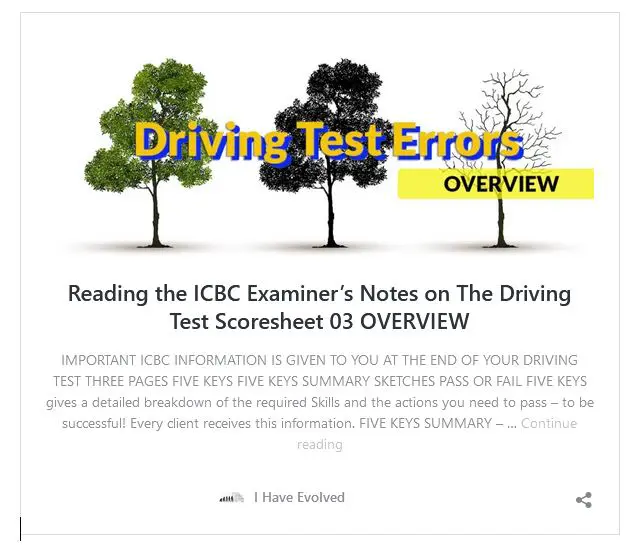
I think a great driving lesson is with a trainer who has studied everything related to driving, crashing, laws, and road tests. Paying to try a driving test, failing, and coming back not knowing what caused the failure is silly. Get the fail details very clear in your mind. Make the examiner explain everything in detail and draw a picture of the event. YES, the test score sheets even have a black sheet to DRAW the event so that you can LEARN and not repeat the same mistake. YOU PAID THE EXAMINER FOR THIS EVALUATION! GET CLEAR ON WHAT HAPPENED!
Oh, I only wanna think of passing – Optimistic.
If you think of the failed items, it’s gonna make you fail – Pessimistic.
Please show me everything you know about these exams – Realistic?
Meet a realistic trainer and talk all this through on your next driving lesson!

GO READ EXAMINER NOTES 01
GO READ EXAMINER NOTES 02
GO READ EXAMINER NOTES 03
GO READ EXAMINER NOTES 04
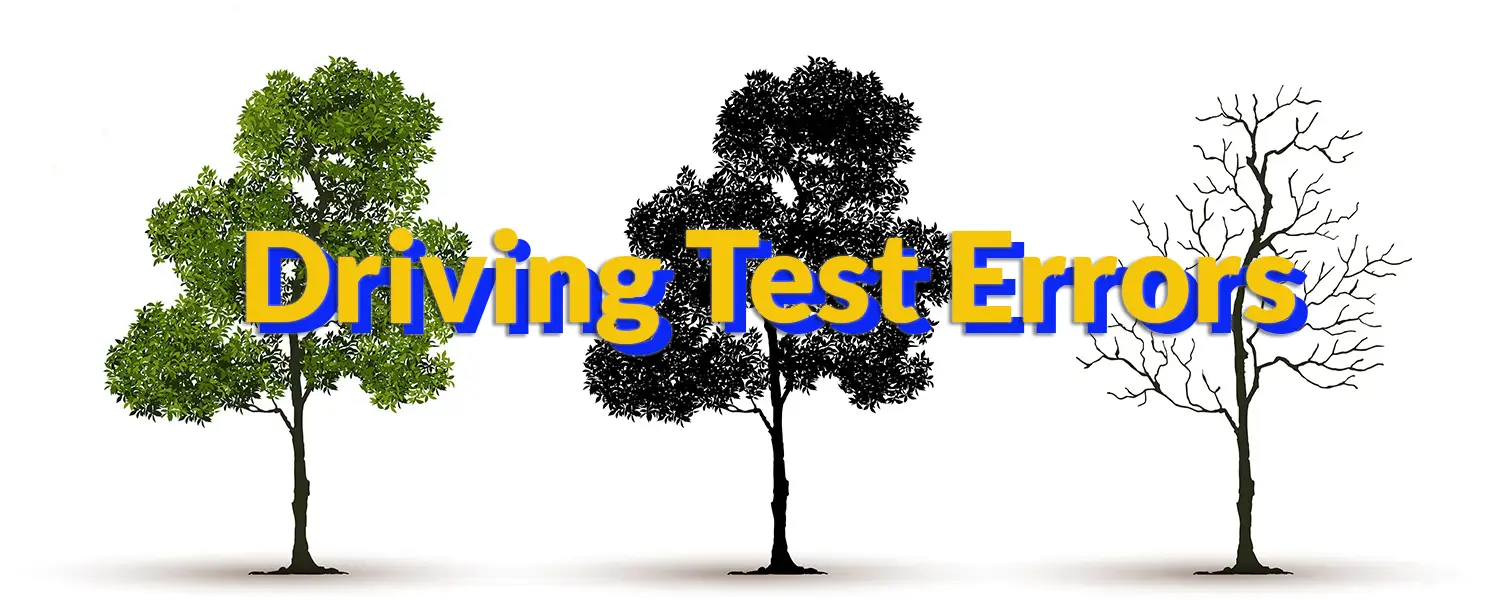






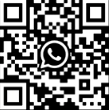
Comments are closed